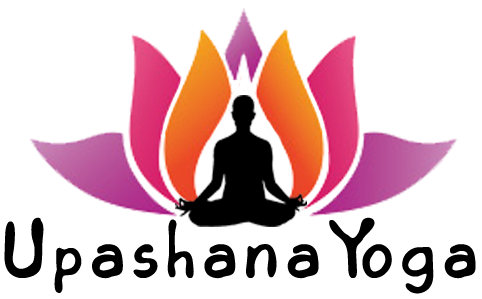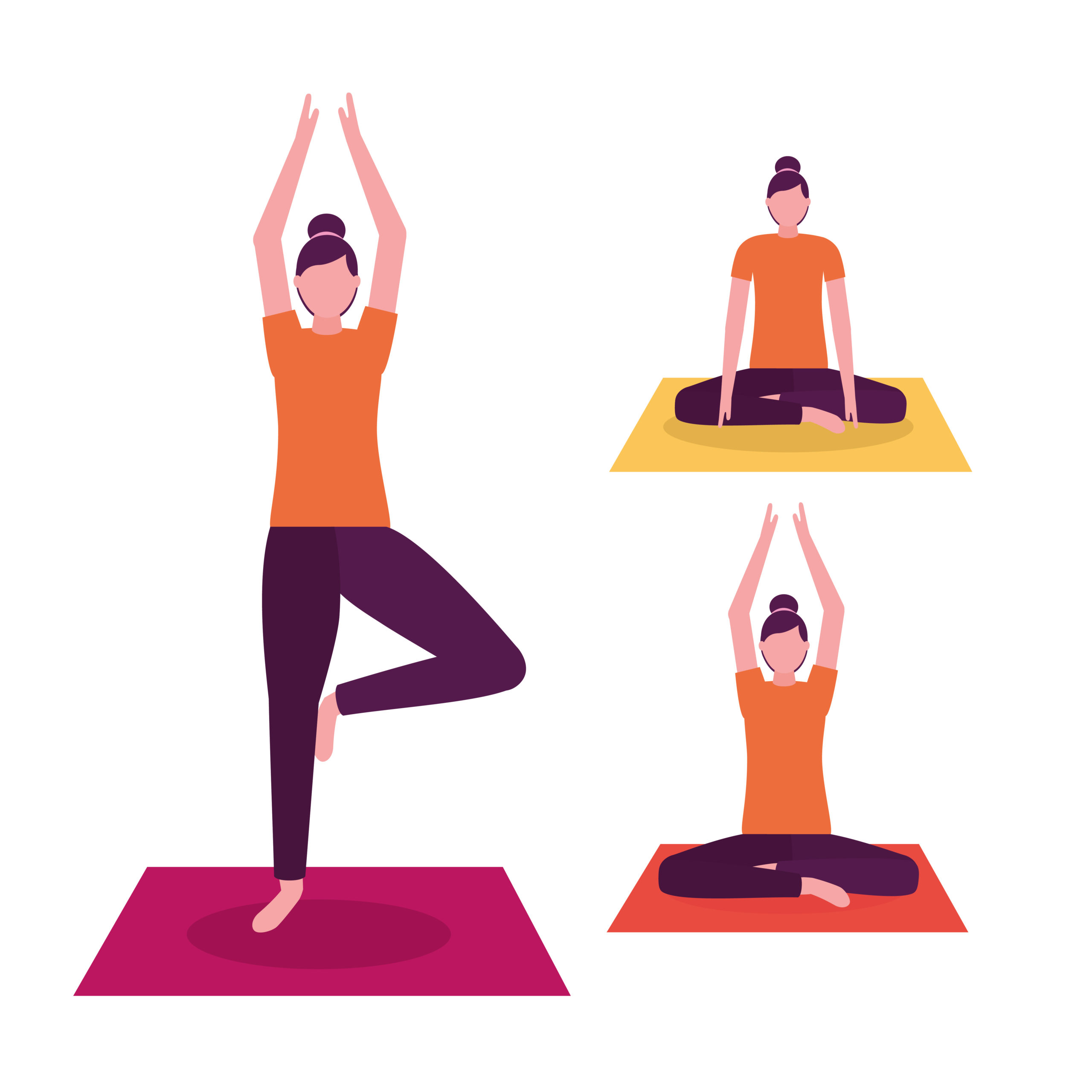Parivrtta Parsvakonasana is also known as Revolved Side Angle Pose. It is a standing posture that is a deep spinal twist. This is one of the most challenging standing postures. It works to strengthen the thorax, vertebral column, lungs, groin area, knees, ankles, and shoulders. Flexibility, balance, and a strong core are required to perform Parivrtta Parsvakonasana well. Practicing this yoga posture builds stamina, which strengthens the entire body, rejuvenates and detoxifies the internal organs, as well as supplies them with fresh blood. Let us know the method of doing Parivrtta Parsvakonasana and its benefits in detail.
What is Parivrtta Parsvakonasana?
It is traditionally believed that Parivrtta Parsvakonasana activates the Manipura Chakra. This chakra is the center of energy and vitality of the body, which transports confidence, inner strength, and courage. Parivrtta Parsvakonasana is part of the primary series of Ashtanga Yoga and is a major pose in other styles of yoga.
It is a Sanskrit word made up of three words: the first word “Parivrtta”, which means “turning around” or “roaming”, the second word “Parsva”, which means “side or face,” and the third word “Kona”, which means “angle”. This asana is called Revolved Side Angle Pose in English. Let us know in detail how to do Parivrtta Parsvakonasana and its benefits.
Pre-Preparatory Poses Of Parivrtta Parsvakonasana:
Parivrtta Parsvakonasana or Revolved Side Angle Pose is an advanced standing twist that demands strength, balance, flexibility, and spinal mobility. To prepare for it safely and effectively, it’s important to warm up and gradually build toward the full pose.
Here are some preparatory yoga poses that help open up the hips, hamstrings, shoulders, and spine while improving balance and stability:
- Establishes grounding, alignment, and awareness of the body’s posture.
- Teaches how to engage the legs and core important for all standing poses.
2. Adho Mukha Svanasana or Downward-Facing Dog
- Stretches the hamstrings, calves, and spine.
- Builds strength in the arms and legs.
3. Utthita Trikonasana or Extended Triangle Pose
- Opens the hips and hamstrings.
- Begins gentle spinal rotation with stability.
4. Parsvottanasana or Pyramid Pose
- Intense hamstring and spine stretch.
- Prepares the legs and teaches how to square the hips.
5. Utthita Parsvakonasana or Extended Side Angle Pose
- Builds leg strength, stretches the side body.
- Introduces the base shape used in the revolved version.
6. Anjaneyasana or Low Lunge
- Opens the hip flexors and stretches the legs.
- Teaches balance and length in the spine.
7. Parivrtta Anjaneyasana or Revolved Lunge Twist
- Twisting in a lunge helps prepare for deeper twists with alignment.
- Can be practiced with or without the back knee down.
8. Ardha Matsyendrasana or Half Lord of the Fishes Pose
- Seated spinal twist that builds awareness of twisting mechanics.
9. Supta Matsyendrasana or Supine Twist
- Gently releases the spine and improves mobility.
10. Plank or Chaturanga Dandasana
Method of doing Parivrtta Parsvakonasana Yoga:
Parivrtta Parsvakonasana yoga is a high-level yoga practice, so it may be a little difficult for you to do it. The simple and easy method of doing this asana is given below, so that you can do it easily.
Start in Tadasana or Mountain Pose:
Stand at the top of your mat, feet hip-width apart, arms by your side. Inhale deeply and step your left foot back about 3 to 4 feet into a lunge position.
Align Your Legs:
Bend your right knee so it’s directly above the ankle. Keep your left leg straight and strong, pressing through the heel. Turn your left heel slightly outward so the foot is angled 45–60 degrees, OR keep the heel lifted for better balance.
Square the Hips:
Draw your right hip back and left hip forward. Engage the thighs and lift through the pelvic floor and navel.
Add the Twist:
Inhale and lengthen your spine. Exhale and bring your left elbow to the outside of the right knee. Bring palms together at the heart center in Anjali Mudra. Press your top palm into the bottom palm to deepen the twist.
Maintain the Pose:
Stay for 3–5 breaths. Keep lengthening the spine with each inhale, and deepening the twist with each exhale. Engage the core and press into the back heel to stay stable.
Exit the Pose:
On an inhale, unwind the twist and return to a neutral lunge or Tadasana. Repeat on the other side.
Initial Tip for Beginners to do Parivrtta Parsvakonasana:
If you are a beginner and are just starting yoga practice, then you may have some difficulty in doing this asana. During this asana, if the right hand does not reach the floor comfortably, then you can place a large piece of solid on the floor and keep your hand on it. In this, if the palm of your hand does not completely on the piece of solid, then you can only keep your fingers on it.
Benefits of Doing Parivrtta Parsvakonasana:
There are many benefits of doing Parivrtta Parsvakonasana. Let us know the benefits of this yoga in detail-
Parivrtta Parsvakonasana is Beneficial for the Digestive System:
In doing this asana, you have to bend to one side while standing, which stretches the abdominal muscles. This stretch stimulates the abdominal organs. Parivrtta Parsvakonasana contracts the abdominal organs, which helps in digestion.
Parivrtta Parsvakonasana Beneficial for Sciatica Pain:
This yoga is very beneficial for people suffering from sciatica pain. Parivrtta Parsvakonasana prevents osteoporosis and relieves lower back pain. It also improves balance
Strengthen Legs:
Parivrtta Parsvakonasana strengthens and stretches the legs, knees, and ankles. This asana also stretches the waist, spine, chest and lungs, and shoulders. It increases stamina.
Reduce Belly Fat:
Parivrtta Parsvakonasana Yoga is useful in removing excess fat around the waist and hips. It directs the flow of blood to the abdomen and spine.
Improves Spinal Flexibility and Mobility:
The twisting motion enhances spinal rotation, counteracting stiffness from prolonged sitting or poor posture. Keeps the intervertebral discs hydrated and promotes spinal alignment.
Builds Balance and Stability:
Demands focus and core engagement to maintain the balance between twist and lunge. Enhances proprioception (body awareness), which helps in preventing falls and improving athletic coordination.
Enhances Blood Circulation and Lymphatic Flow:
The twist improves blood flow to vital organs. Helps stimulate the lymphatic system, aiding in immune health and removal of toxins.
Promotes Mental Focus and Clarity:
Requires deep concentration, breath control, and alignment awareness. Encourages mental calmness and mindfulness by anchoring attention in the body and breath.
Opens the Chest and Shoulders:
Encourages expansion of the rib cage, which improves lung capacity and respiratory efficiency. Helps release tightness in the shoulders and chest, counteracting the effects of hunching.
Improves Posture:
Strengthens postural muscles and trains the spine to stay upright. Counterbalances poor sitting or slouching habits, especially in modern lifestyles.
Balances Energy:
According to yogic philosophy, twisting poses balance the energy flow (nadis) in the body. Particularly beneficial for balancing Pingala (solar) and Ida (lunar) energies, supporting harmony between activity and rest.
Precautions to do Parivrtta Parsvakonasana:
Before doing Parivrtta Parsvakonasana Yoga and to get maximum benefit from this yoga, keep in mind some precautions given below-
- If you are suffering from a headache, then do not do this asana.
- Patients with high blood pressure or low blood pressure should not do this asana.
- People suffering from insomnia should not practice this asana.
- If you have any neck problems, do not turn your head upward.
Follow-Up Poses After Parivrtta Parsvakonasana:
These help neutralize the spine after deep twisting.
Adho Mukha Svanasana or Downward-Facing Dog
- Lengthens the spine and resets alignment.
- A gentle way to decompress after the intense twist.
Uttanasana or Standing Forward Fold
- Releases the lower back and hamstrings.
- Calms the nervous system and resets energy.
- Helps observe the body’s reaction to the twist.
- A good neutral grounding pose.
- Opens the front body and counteracts spinal rotation.
- Deepens heart opening and stretches the hip flexors.
Savasana or Corpse Pose
- At least 5–10 minutes to rest and integrate.
Conclusion:
Parivrtta Parsvakonasana is a powerful and transformative yoga pose that integrates strength, flexibility, balance, and deep awareness. As a standing twist, it not only builds physical endurance by engaging the legs, core, and spine but also supports detoxification, digestion, and energetic balance through its compressive and expansive actions.
While the pose offers numerous benefits from improving posture and circulation to enhancing focus and inner stability, it also demands mindful preparation and alignment. Practiced with patience and breath awareness, it becomes a gateway to deeper spinal mobility, body awareness, and meditative concentration.
Incorporating this pose into your regular practice can greatly enhance both your physical vitality and mental clarity, making it a valuable asana in any holistic yoga sequence.














Leave a Comment